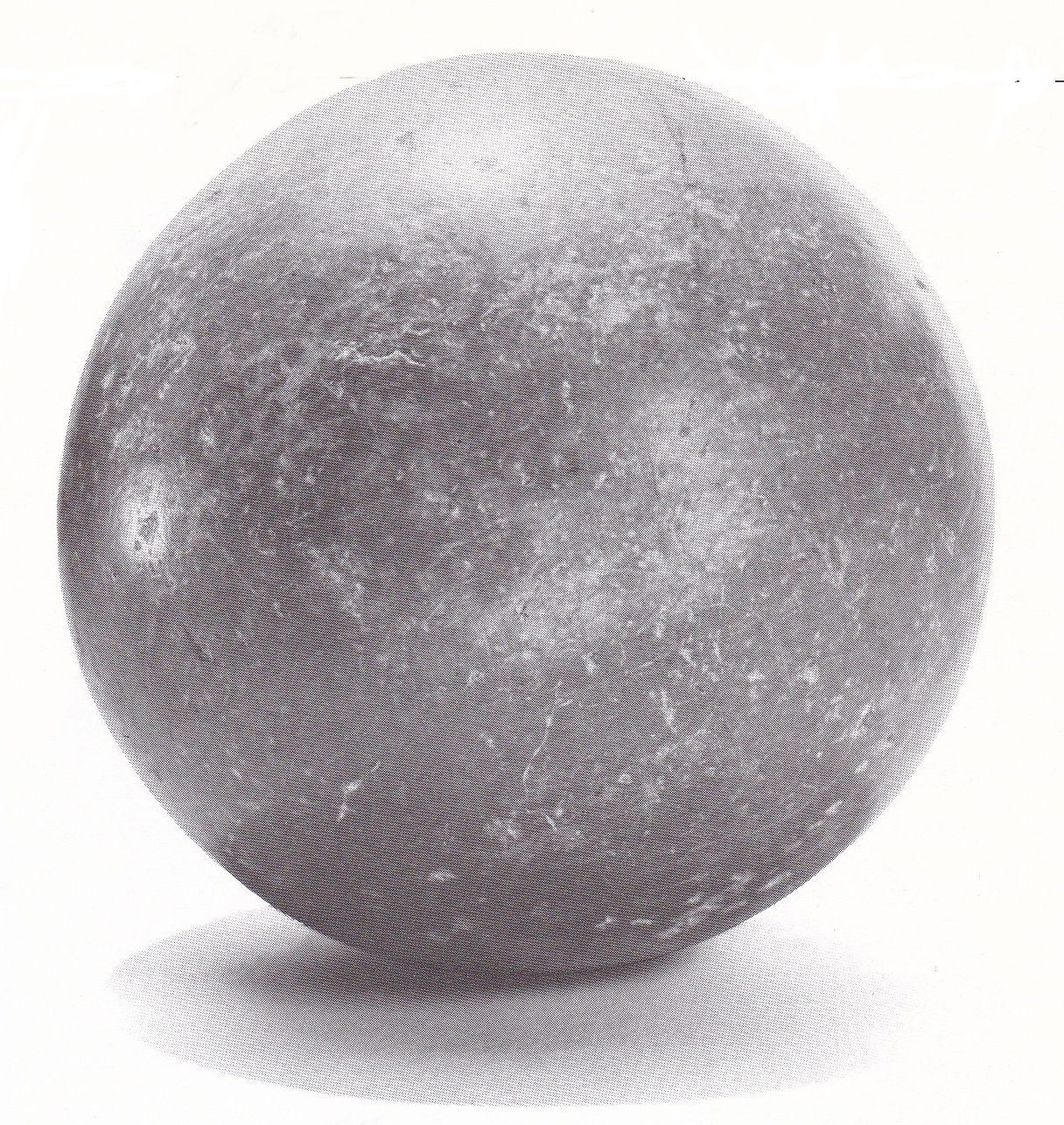By far the earliest depiction of catching fish with a net has been discovered on a stone plaque at Gonnersdorf, Germany. “Scientists from the Leibniz Zentrum für Archäologie and Durham University have examined a collection of 406 engraved schist plaquettes found at the Magdalenian site of Gönnersdorf in Germany. The ancient engravings provide valuable insights into the fishing techniques and tools used by Paleolithic peoples, and how these practices were translated into visual culture through the depiction of nets characterized by interlaced diamond-shaped and square meshes.” (Prostak 2024)
“The ~15,800 year-old Magdalenian
site of Gönnersdorf, in Germany, has produced 406 engraved schist plaquettes which
have been extensively studied in the past. The introduction of advanced imaging
technologies, notably Reflectance Transformation Imaging (RTI), has now
precipitated a re-evaluation of these artifacts, uncovering nuanced depictions
of fishing practices previously unrecorded for the Upper Palaeolithic. Our
investigation harnesses RTI to elucidate fine engraving details on the
plaquettes, revealing depictions of fish and accompanying grid motifs. The
analytical process enabled by RTI has exposed an intricate link between the
grid patterns and fish figures, showing that they were a deliberate combination
portraying the use of fishing nets. This discovery posits a significant
departure from earlier interpretations of the site’s iconography, which
predominantly emphasized more naturalistic representations of fauna.
Furthermore, these findings illuminate aspects of Magdalenian cultural praxis,
suggesting that representations of aquatic life and fishing technologies were
not merely utilitarian in nature but were embedded within a broader symbolic
framework. This study enhances our comprehension of Magdalenian peoples’
interaction with the aqueous milieu, revealing a sophisticated symbiosis
between ecological adaptation and artistic expression.” (Robitaille et al. 2024)
Illustrations
of fish have been discovered in a number of the Paleolithic painted caves of
Europe, and elsewhere such as Lortet, Mas d’Azil, and Abri du Poisson.
“Unlike the more celebrated sites known for
their vivid fish depictions, Gönnersdorf’s abstract and minimalist style offers
a fresh perspective on the socio-cultural dynamics of Magdalenian communities.
Fishing with nets, deriving from a broad spectrum economy, reveals the
diversity, adaptability and creativity of prehistoric communities, showcasing
their proficiency in utilizing a variety of fishing techniques to sustainably
exploit aquatic resources.” (Prostak 2024)
Ancient bone fish hooks have been discovered, as well as barbed
harpoon points carved from bone, antler, or ivory.
“Prehistoric fishing
deployed a diverse range of technologies and techniques, including various
strategies for obtaining fish that can be summarised as active fishing, which
requires direct human involvement with or near the fishing equipment, passive
fishing, involving trapping methods, or a combination of both,” said Dr. Jérôme
Robitaille of the Leibniz Zentrum für Archäologie and colleagues. Some methods
were developed for individual catches, such as angling, while others were
refined to maximize yields through the use of collective nets and traps. The
selection of a particular method was influenced by the target fish species, as
well as the distinct habitats and terrains where specific aquatic resources
thrived. Although evidence for fishing in the Upper Plaeolithic (20,000 to
14,500 years ago) is not abundant, there is sporadic direct and indirect
evidence of several fishing techniques, such as barbed points or harpoons, bows
and arrows, traps, and fishing nets.” (Prostak 2024)
While we did know that Paleolithic peoples had cordage, and we knew that they ate fish from bones found in excavations, this is probably the first illustration of net fishing from that period. In a way this makes them more human and relatable. Imagine them sitting around their fire telling lies about the one that got away.
NOTE: Some images in this posting were retrieved from the internet with a search for public domain photographs. If any of these images are not intended to be public domain, I apologize, and will happily provide the picture credits if the owner will contact me with them. For further information on these reports you should read the original reports at the sites listed below.
REFERENCES:
Nitzsche, Christina, 2024, Oldest depictions of fishing discovered in Ice Age Art: Camp site reveals 15,800 year old engravings of fish trapping, 7 November 2024, Phys.org, https://phys.org/news/2024. Accessed online 7 November 2024.
Prostak, Sergio, 2024, 15,800 Year Old Engraved Plaquettes Shed Light on Paleolithic Fishing Techniques, 11 November 2024, https://www.sci.news/archaeology. Accessed online 11 November 2024.
Robitaille, Jerome, et
al.,
2024, Upper Palaeolithic fishing
techniques: Insights from the engraved plaquettes of the Magdalenian site of
Gonnersdorf, Germany, 6 November 2024, Plos, https://journals.plos.org. Accessed onlne 7 November 2024.






























